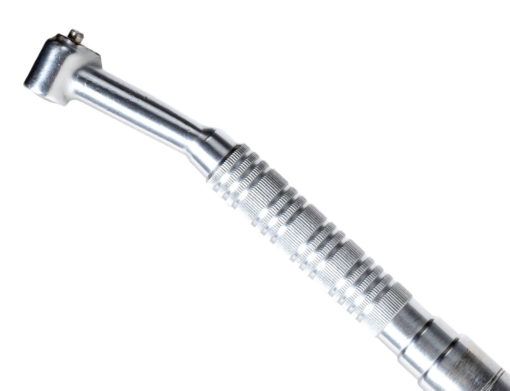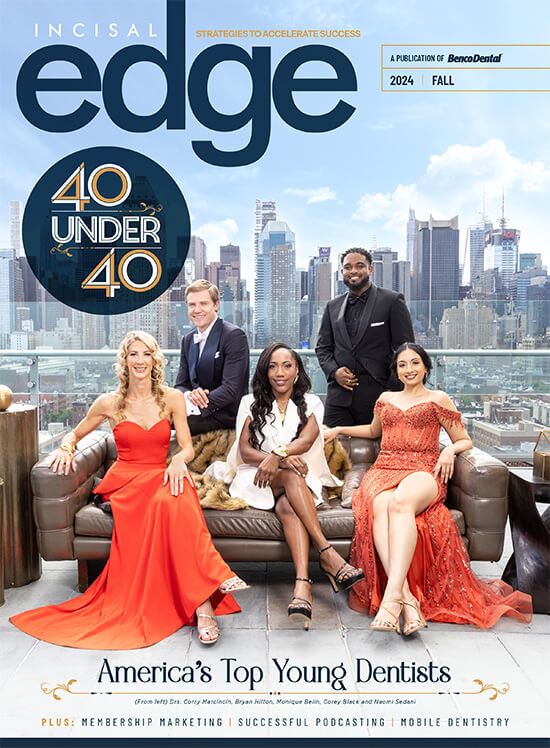If at first glance this handpiece doesn’t exactly look like an antique, there’s a good reason.

The Borden Airotor reduced cavity preparation time by some 90 percent and truly brought dentistry into the twentieth century. Now the drill spun at 250,000 revolutions per minute, and dentists could prepare a cavity in less than one minute, compared to the belt-driven drill running at 6,000 RPM that prompted six endless minutes of pain, noise and extreme discomfort.
Word of the new high-speed drill spread, patient visits increased and dentistry was off to the races. Heightened demand led to better aesthetics, improved filling materials, high-speed suction and more. It’s an irrefutable fact that modern dentistry began in 1957 and continues to move forward year after year.
Handpieces have come a long way since then, but the changes have been mostly internal (fiber optics, higher speeds, the ability to change burs without using a special tool and plenty of others). As a result, there has been little need to deviate from the basic form established by Dr. Borden in the late Eisenhower years. No wonder why, despite being around six decades old, this game-changing handpiece still looks a lot like what’s in use today.
LARRY COHEN, Benco Dental’s chairman and chief customer advocate, has over the past half-century collected hundreds of unique dental artifacts, which reside at Benco’s home office in Pittston, Pennsylvania.




